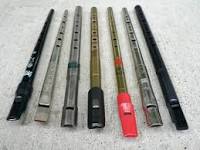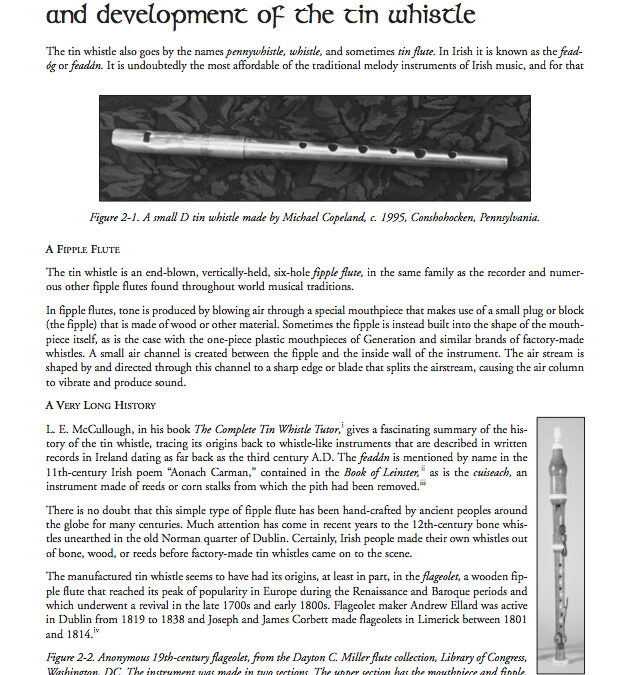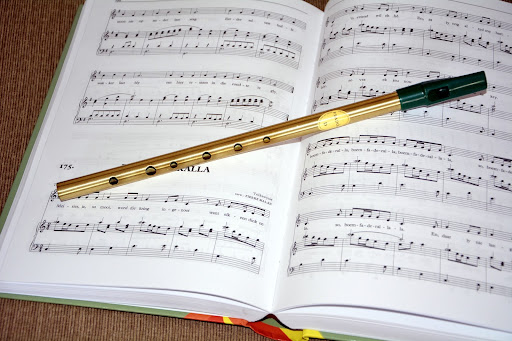
Tin whistle music can be found in Irish and Scottish traditional music as well as other genres such as praise music, film soundtracks, and bluegrass.
Tin whistle players utilize standard musical notation known as tablature to learn their songs quickly.
Ornament
Tin whistle players use various ornamentation techniques to enhance the expressiveness of their music. They may utilize techniques like tongueing (in certain styles), cutting, rolling, sliding and tripleting in order to produce beautiful musical works.
Tin whistle players typically rely on cut ornamentation as a basic form of ornamentation. It is played before the main note of any tune.
Strike, or tap, ornamentation is another popular type of embellishment used on whistles. Striking or tapping your whistle can achieve the same effect as cutting a note with your fingers.
Ornamentation is an integral component of tin whistle music, and should be learned with great care so as not to disrupt its rhythmic flow or break its timing. Practice ornamentation until it becomes instinctive and effortless is highly recommended.
Tablature notation
Tablature notation shows which tone holes the player must cover in order to produce a certain note. It can be very useful when learning Tin Whistle music. It is often used in tutorial books for beginners.
The tin whistle is a six-holed woodwind instrument dating back to 19th-century Northern Europe and widely associated with Irish traditional music (where it is known as the feadog; listen to first audio clip). As with other flutes, its second and higher registers can be achieved by increasing air velocity entering its ducted flue windway via narrowing of lip/embouchure or increasing air velocity entering from other sources into its flue windway ducts – usually done by increasing lip/embouchure narrowing or increasing air velocity into its flue windway; just like its counterparts it also produces beautiful sounds!
Tin whistles can be played in both major and minor keys. This makes it suitable for a variety of musical styles, including folk, pop, and traditional. Tin whistles come in various key sizes and voicing options that meet every player’s individual needs.
Leading tones
Tin whistles come in a wide range of tones. A treble horn can sound as low as a fifth of its actual pitch. Soprano horns can go up to an octave above the actual pitch!
Most tin whistle music is written in D major or G major musical modes that correspond with its key signature, making transposing tunes much simpler, giving musicians more tunes they can play on their tin whistle.
When playing the tin whistle, it’s essential that all holes are covered by your fingers. Three middle fingers should be used on each hand to cover three holes at the top and three fingers from both hands covering three holes at the bottom.
Tin whistles come in various shapes and styles. Some, such as Clarke-style rolled metal whistles, feature a smooth tone with soft, quiet sounds; others, such as Generation style cylindrical whistles have harsher tones that are harder to play in the upper register (second octave).
Pitch
Tin whistle music is typically performed in the key of D, though some tin whistles can be tuned to sound higher or lower by adjusting their tuning slide. Extending it lowers or flattens pitch while tightening it sharpens or raises it.
Tin whistles can be played in several other keys and scales, including G and Ab. Some whistles feature special cross-fingering that allows for an additional note, allowing two different scales to be played on one instrument.
Tin whistles typically span two octaves, giving it enough range to produce various pitches. A whistle in key D serves as an introductory concert pitch; beginning players often choose this pitch when beginning.
Professional whistle players frequently utilize Alto A and Alto F as popular whistle keys, providing rich, warm, mellow tones to their playing. Both add depth to any performance.

